SEARCH


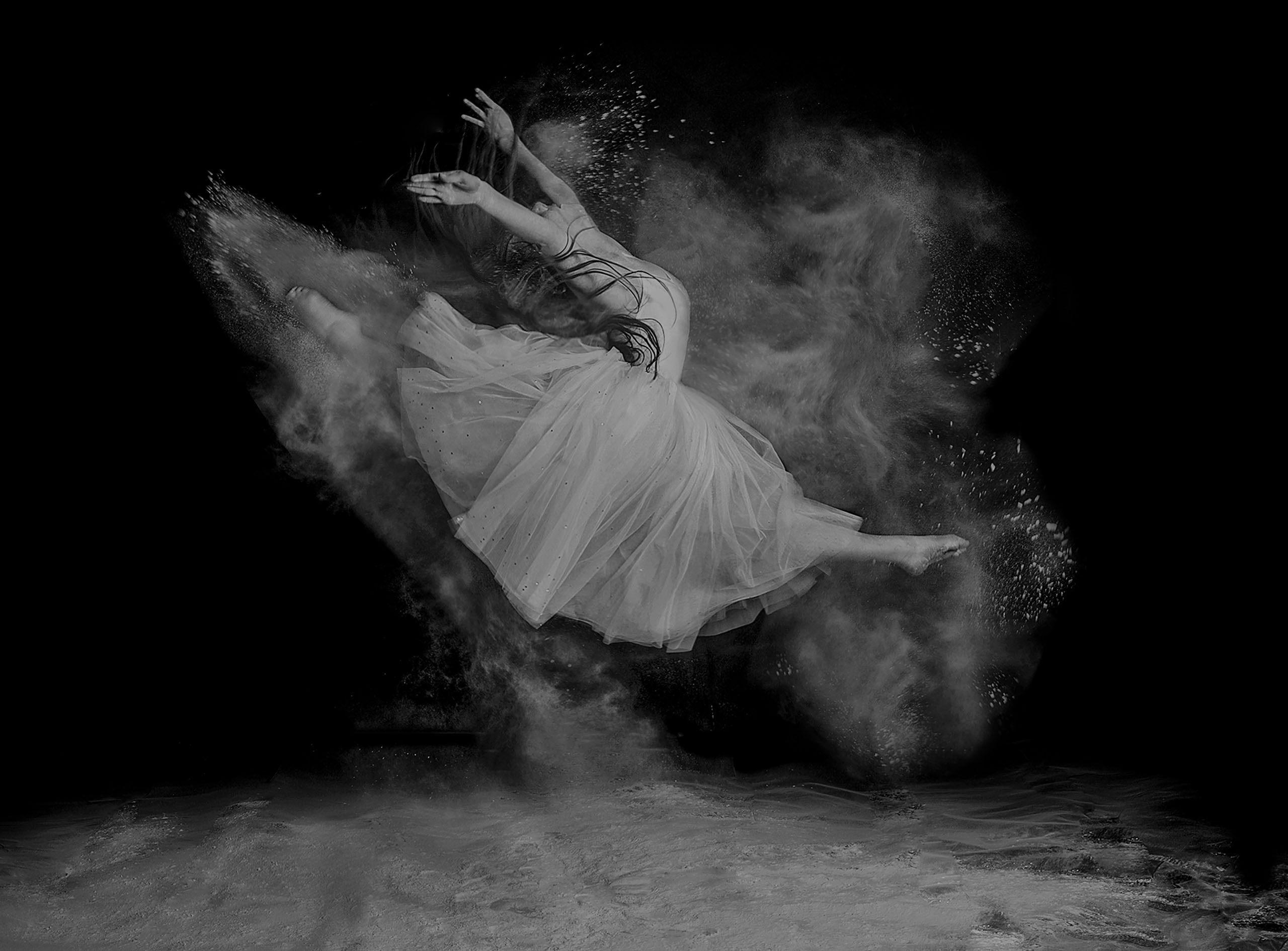
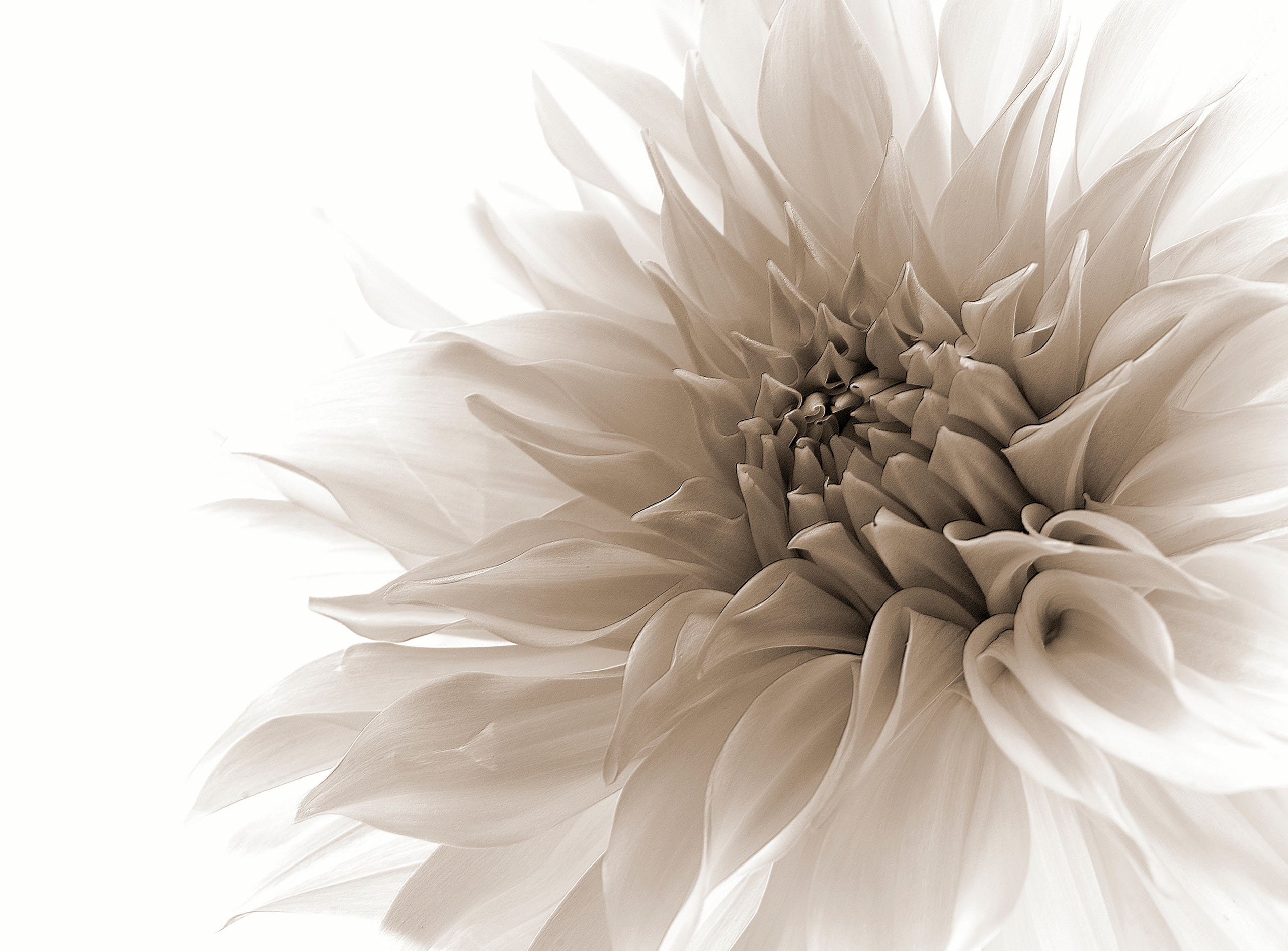
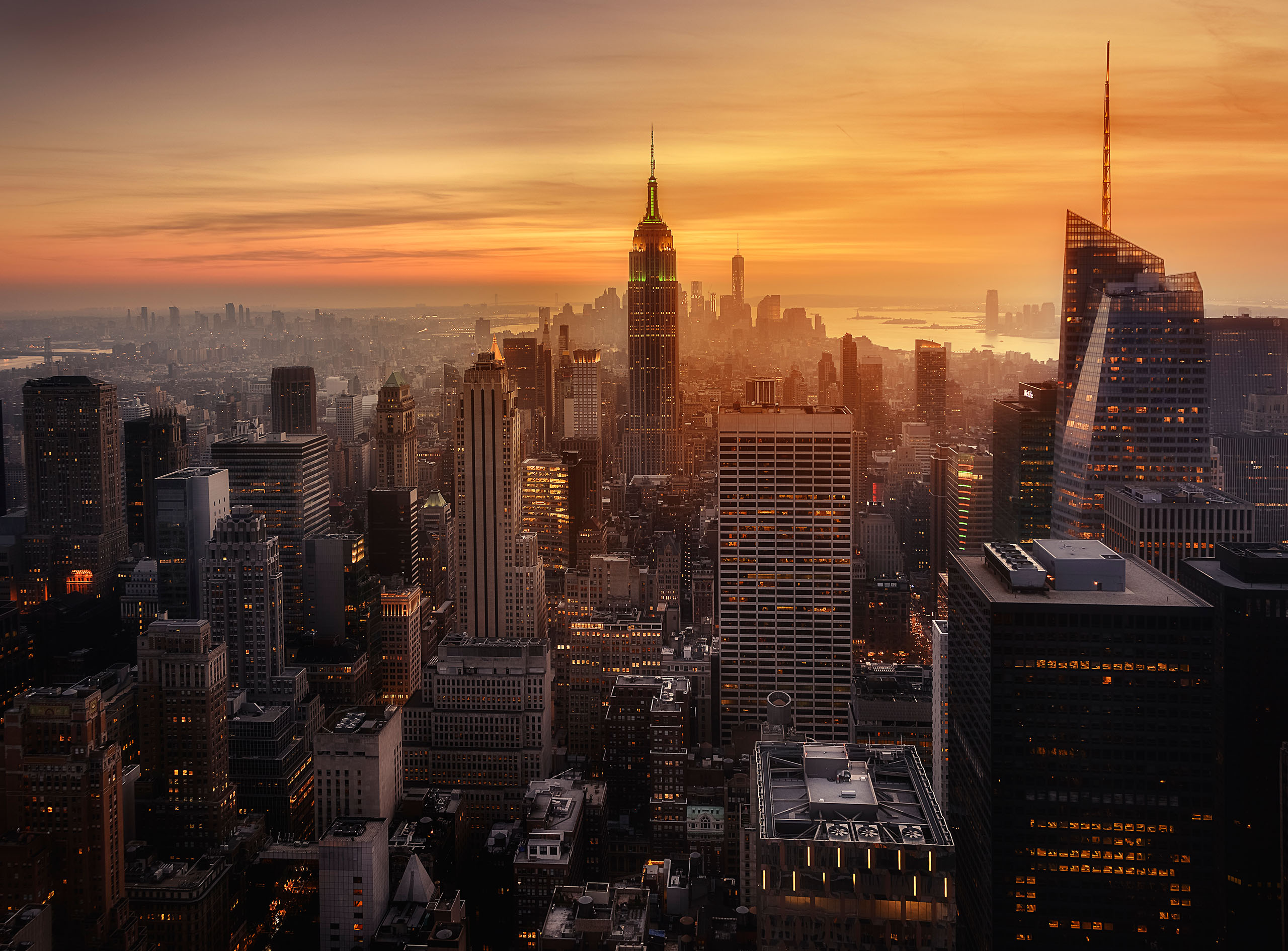
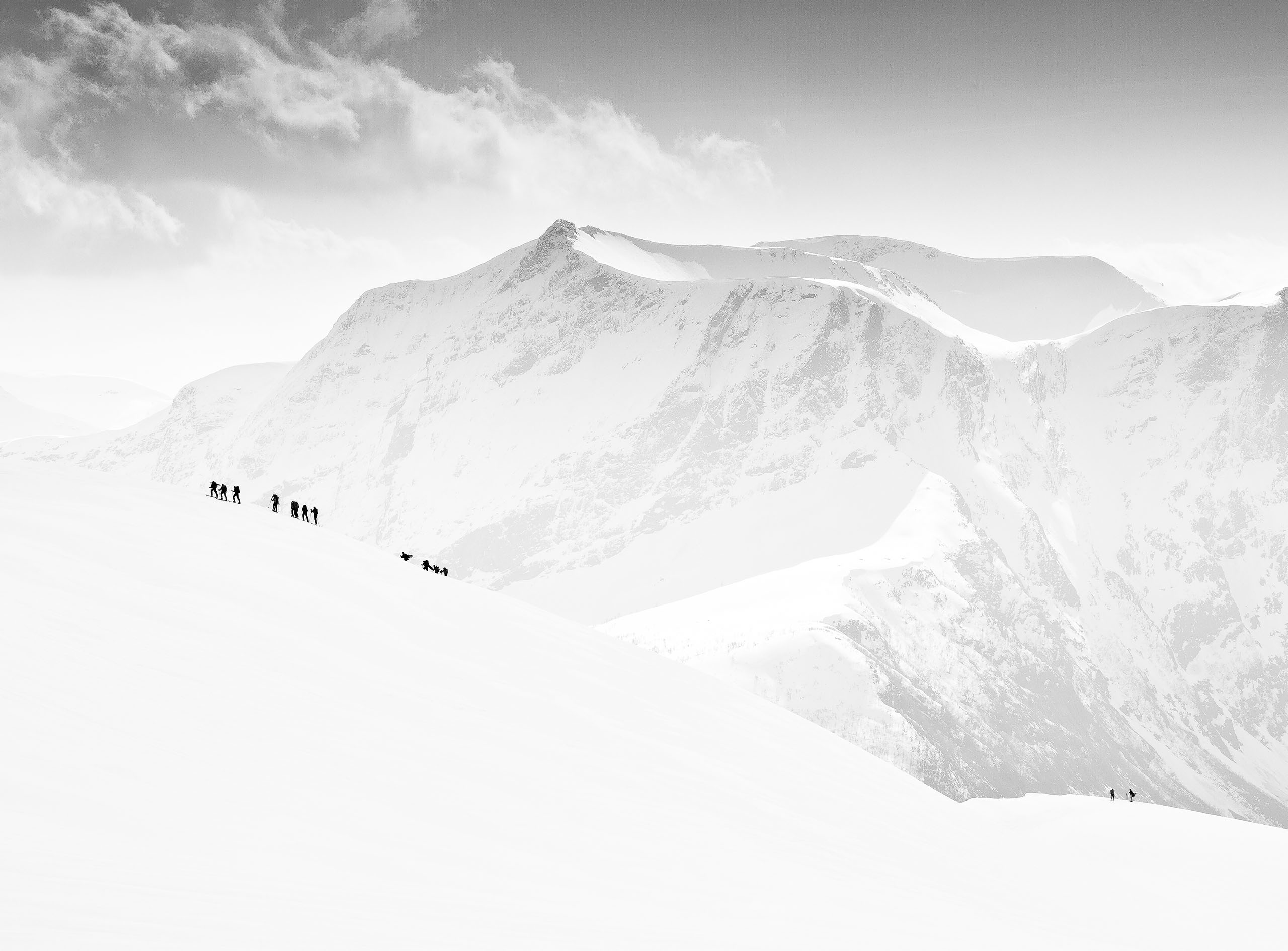
|
|
|
|


by Editor Miro Susta (mirosu)
Edited and published by Yvette Depaepe, the 31st of October 2025
‘a flower for you who have gone’ by Djeff Act
Grief and sorrow are the quiet companions of love — the shadows that appear when something or someone deeply cherished is lost. They remind us of our capacity to feel, to care, and to remember. In exploring grief, we learn not only about pain, but also about resilience, connection, and the slow, tender art of healing.
‘...lost in desperation..’ by Charlaine Gerber
In order to experience happiness, we must understand grief and sorrow. This is a fundamental principle of the world into which we were born, where our feelings and experiences thrive. Experiencing enough grief enriches our inner life, giving us insights that would otherwise prevent our personality from progressing.
......... by Robert
But how can we cope with grief and sorrow? How can we deal with suffering that seems to have no beginning and no end?
‘Loneliness’ by Fernando Alves
‘share sorrow’’ by Gilcan Mete
Grief and sorrow are natural parts of life, but they can be hard to cope with. When these feelings overwhelm us, it can be hard to find our way back to joy and well-being. Whether they are a reaction to a specific event or occur for no apparent reason, their impact on mental health can be significant.
‘Tears’ by Paulo Medeiros
‘Ain't never enough tears’ by hardibudi
Grief and sorrow are like an unexpected storm that occasionally hits the soul with great force. They are natural human reactions to loss, disappointment or other unpleasant life events. Although painful, it is important because it enables one to process what is troubling them.
‘Broken flowers’ by Samanta Krivec
The loss of a beloved one tears apart and leaves behind a deep emptiness. The end of a relationship paralyzes and leaves a feeling of loss. The loss of a job or home takes away our certainty and sense of security. Grief, sorrow, and frequently sadness are constant companions during these moments, accompanying the journey toward acceptance of the loss.
‘Sadness’ by Mirjam Delrue
‘Tears’ by Victoria Glinka
Life changes bring not only joy, but also grief and sorrow. Moving away tears us away from familiar surroundings and friends. A new job can present new challenges and a sense of uncertainty. Even joyful events, such as the birth of a child, can be associated with sadness, for example, due to the loss of a previous way of life.
‘Goodbye my love’ by Angéla Vicedomini
‘no words to describe the feeling‘ by Piet Flour
‘Sadness’ by Sergio Pandolfini
Remembering those we have loved is something that accompanies us throughout our lives. Grief is proof of our humanity. Although grief may initially seem unbearable, its intensity gradually diminishes over time, and we learn to live with our loss.
‘when everything must come to an end’ by Djeff Act
disappointment by Remus Tiplea
As previously mentioned, grief and sorrow are an inevitable part of life. Although they can be painful, they also present an opportunity for personal growth and development.
Here are some proverbs related to this subject:
‘Forever in my heart‘ by Vito Guarino
“What you hold deep in your heart, you cannot lose through death.” Johann Wolfgang von Goethe
‘Black Widow’ by Abel Tonkens
“Grief is the price we pay for love.” Queen Elizabeth II
‘Lost Love’ by Anna Wacker / Martin Wacker
“You are no longer where you were-but you are everywhere we are.” Victor Hugo
‘Living Memories’ by Nadav Dov Boretzki
“They say that whenever something leaves your life, something else comes along to replace it. You left, and the pain came.” Unknown author
For many people, churches, mosques, synagogues and temples are important places for mourning, finding comfort and support, and coming to terms with the loss of a loved one.
‘Alone in the Cathedral’ by Eiji Yamamoto
‘Sacred Atmosphere’ by Miro Susta
‘...but you are alone’ by Tommaso Pessotto
‘Blessed’ by Fernando Alves
As every year, we will celebrate All Saints' Day on Saturday 1 November.
During this time, it is important to remember and to show gratitude to the people who have played a significant role in our lives.
Maybe we didn't even have time to thank them for everything.
Untitled by Anna Kudriavtseva
www.mrsphoto.net
[email protected]
 | Write |
 | Vito Guarino PRO Thank you Yvette and Miro |
 | Gabriela Pantu PRO So touching, and the wonderful pictures are creating such an emotional visual narrative..Thank you dear Miro and dear Yvette, great article. |
 | Francisco Villalpando PRO Thank you so much Miro, for this impressive article and excellent photos on occasion of the day of All Saints and día de muertos in Mexico. |
 | Vladimir Funtak PRO Grief and Sorrow show us we are not perfect nor alone. Living memories is a very good one.
|
 | Izabella Végh PRO Bellissimo articolo, con le fotografie altrettanto eccezionale. |
 | Angelika Vogel PRO Thank you so very much dear Yvette and Miro for this emotional, impressive article! The photos are so magnificent and moving! |
 | Dazhi Cen PRO Excellent works! |
 | Susi PRO A very moving article accompanied by magnificent images. |
 | Eiji Yamamoto PRO Dear Miro and dear Yvette, thank you so much for this very emotional article with great and beautiful photos! I am truly honored and delighted that my photograph is included in it. Thank you very much! |
 |
 | Gabriela Pantu PRO Wonderful picture, emotional and vibrant.Congratulations, Toma, and thank you for sharing! |
 | MingLun Tsai PRO Amazing art! Thanks for sharing this stunning photo and its creation story. |
 | Maymayphoto PRO A very artistic way of expression, thank you very much for sharing this beautiful work! |
 | Angelika Vogel PRO A fascinating, impressive work and process! Congratulations and thank you very much for sharing the stories! |
 | Nichole Chen PRO Thank you for sharing this beautiful photo and the thought process behind it. Your goal was definitely achieved. Congratulations dear Tom. |
 | Jacob (Jian) Xu CREW Such a beautiful image! Thank you for sharing both your story and your post-processing technique, truly inspiring! |
 | Ria Groot Zevert PRO Het is je gelukt om mij een stap verder te laten kijken. Prachtig gedaan! |
by Yvette Depaepe
Published the 27th of October 2025
Jürgen Muß is an excellent architectural photographer. He is fascinated by the clarity of form, as well as by recurring lines and surfaces. Materials such as glass, steel and concrete also capture his interest. He loves experimenting with these shapes and materials in his photography. Jürgen's aim is to make the invisible between the lines and the quiet behind the obvious tangible. Read this interview to learn more about the artist behind his images. Enjoy!
‘FaçadeUncommonView’
My name is Jürgen Muß. I am married and live in Rohlstorf in the state of Schleswig-Holstein. After spending thirty years in Hamburg, I moved to the countryside. We now live 26 kilometres from the Baltic Sea in a house with a large garden, which is both a great joy and a lot of work!
I studied Communication Design at the Folkwang University of the Arts in Essen.
During my studies, I also attended fine arts courses focusing on photography and painting, and participated in my first group exhibitions.
After graduating, I worked as an art director and editorial designer in Berlin, Düsseldorf and Hamburg. As my studies at Folkwang were very artistic, it was initially difficult for me to gain a foothold in advertising with such a background.
Alongside my work, I continued to paint and take photographs, mostly abstract paintings. I preferred to work at night, often painting through to the morning. In the late 1980s, I moved from Berlin to Hamburg. This magnificent city, with its vast harbour that only reveals its true beauty at night when illuminated, has always inspired me as a photographer.
At some point, I had to choose between painting at night and photography; both were impossible in terms of time. After about forty years, I transitioned from painted images to light images. My curiosity to discover my world through photography was, and still is, immense.
Now retired, I can fully enjoy my time as a photographer and sculptor. To provide a manual counterbalance to photography, I also create abstract wooden sculptures.
When and how did you begin your journey in photography?
My first photographic experiments took place during my studies, when I was still using analogue cameras. With my own black-and-white darkroom and my first semi-automatic analogue SLR camera — a Minolta SRT 303B — I photographed everything that came before my lens. I still own that camera today. I love it dearly.
For many of us, photography is either a hobby or a way of life. How would you describe your relationship with photography?
For me, photography is a way of life. I photograph with passion, driven by inspiration, happiness, creativity, curiosity and longing. I am ready to take photos at any time of day or night. Often, I don't return home until the early hours of the morning, when I sit down at my desk and begin my first review, and sometimes even the first edit, of truly special images.
‘BeachHouse’
‘Dockland_II’
‘NightWorking’
What has been the most important experience so far that has influenced your journey in photography?
It was realizing that photography knows no time. It exists in the twilight, the glow of dawn and the deep stillness of night. The most important thing was surrendering to this timelessness and being ready to step outside whenever the light calls. In those moments, I experience a sense of quiet happiness and well-being from being alone with my camera. Photography becomes a kind of meditation; a gentle peace that moves in harmony with the rhythm of light.
You have your own style. What draws you to architecture photography?
I am a city person and have always lived in cities, so I have been confronted with architecture my whole life and have become increasingly fascinated by it. When I was younger, I was drawn to Baroque architecture, with its dramatic opulence, ornate details and monumental forms. While I still enjoy visiting cities like Rome, Paris, Barcelona, Vienna and Florence, my view of architecture has changed profoundly. Now, I am fascinated by the clarity of form and recurring lines and surfaces. Materials such as glass, steel and concrete also capture my interest. I now find it far more exciting to experiment with these shapes and materials in my photography.
‘ModernFacade’
Which is more important to you: the mood or story behind your images, or technical perfection?
All of my images, whether architectural or landscape, probably reveal that mood is more important to me than perfect technique. A colleague once wrote of my photographs: 'Your photos always possess a soothing drama.' That sums it up quite well. However, I do pay attention to technique. I use professional, high-quality equipment and edit my photos on a Mac. I pay great attention to ensuring that my images are neither blurred nor shaky.
‘Leuphana_IV’
‘ModernTimes’
What is your relationship with your subject matter beyond merely observing it?
Do you carefully prepare the locations where you intend to take photographs?
I don't have a deeply personal relationship with my architectural subjects. Of course, I am fascinated and often impressed by many buildings. However, even inconspicuous structures can offer interesting photographic opportunities. My preparation varies. Sometimes I take a spontaneous approach and see what awaits me, while at other times I scout locations myself, noting light directions and observing where sunlight falls. When I'm taking photos near the Elbe or in Hamburg's harbour, I always check the tide tables. I was recently in Düsseldorf briefly without my camera and took a few nice architectural shots with my phone, but that's the exception as I don't enjoy taking photos with a phone.
Describe your overall photographic vision.
'Vision' is a big word, and yet it best describes what drives me. My photography does not follow a strict plan or an overarching concept. It grows out of the moment and the encounter with what lies before me. I don't just want to show what is; I want to make the invisible between the lines and the quiet behind the obvious tangible.
Could you tell us more about your creative process, from initial idea to final product?
My ideas often come from careful observation, particularly on city breaks, when I act as my own location scout. I usually take reference shots on my phone to help me remember locations that I find helpful in large or unfamiliar cities. I don’t plan everything down to the last detail. I prefer to let the existing circumstances guide and challenge me. This makes the process more exciting for me personally.
Then there is the light, the position of the sun and the interplay of shadows to consider. I have an app that shows the exact position of the sun and moon, including shadow lengths. However, in architectural photography, that level of calculation feels excessive and I hardly ever use it. In landscape photography, however, it can be useful, for example when trying to capture a sunrise or sunset and needing to know exactly where the sun will appear.
When I return to my small studio after a trip, I start by reviewing the locations and subjects. From there, I decide how to proceed.
Where do you look for inspiration, and what inspires you the most?
When I browse social media, inspiration is everywhere. I’m constantly amazed by the variety and quality of the photographs on Instagram. I explore different platforms out of interest and am a member of several communities, such as 1x.com, Fotocommunity and Facebook groups like Imagination, The Universe of Colour Photography and International Architecture Photography. Music and museum visits can also inspire me.
In your opinion, what are the main features of a successful architecture photographer?
Firstly, the obvious: mastery of the camera in manual mode. They should have a feel for light, colour and composition. They should also be sensitive to different weather conditions, such as fog, rain, clouds, sunshine and snow. The ability to handle backlight skillfully is also essential. Twilight and, above all, the golden and blue hours are essential. It is crucial to guide the viewer’s gaze intentionally, as are ND and polarizing filters.
Many people believe that gear is not very important when you are passionate about photography. However, could you please tell us what equipment you use (camera, lenses, lighting, tripod, etc.)?
I know it's the person behind the camera who takes a good photo, not the expensive equipment. A talented photographer can take better photos with a phone than an untrained photographer can with the most spectacular equipment.
Nevertheless, I have always enjoyed investing in good tools. I continue to work with DSLR cameras and am sure that switching to mirrorless would not necessarily improve my photos.
My equipment includes:
Analogue cameras: Nikon F801, Minolta SRT 303b, Polaroid SX 70
Digital cameras: Nikon D850, D750, D5500
Wide-angle lenses: Samyang 10 mm, Tamron 15–30 mm, Sigma 24 mm, Sigma 35 mm, Sigma 50 mm, Nikon 50 mm
Telephoto lenses: Nikon 60 mm, Tamron 90 mm, Tamron 70–200 mm, Nikon 70–200 mm, Sigma 150–600 mm
Tripods: Manfrotto, Rollei, Benro
Filter system: Haida 100 × 150 mm
Which photo is your favourite? Please tell us the story behind it.
I don't think I have a single "best" photo. There are always three or so that keep changing as my favourites. They don't have to be technically perfect; they just have to speak to me the most at the time. Currently, it's the photo Leuphana_III.
‘Leuphana_III’
Years ago, when I was still living in Hamburg, I briefly noticed this university building, but I soon forgot about it. In July of this year, before sunrise, I went out to photograph Hamburg’s HafenCity, and then I spontaneously decided to drive to Lüneburg. The building immediately captivated me, even though I didn't know at first that it had been designed by the famous architect Daniel Libeskind. How do Libeskind and the small town of Lüneburg fit together? The answer: Libeskind held a professorship there until 2016. The building is a revelation to me.
Which photographers or mentors have influenced you and your photography, and who are your favourites?
Although one could certainly learn much from studying famous photographers and imitating their photos, I’ve never tried to do that. However, that approach has never interested me. When I see a good photo, I ask myself what I like about it. Would I have taken it the same way or differently?
Now that we are almost at the end of this interview, could you please tell us about any photographic projects you would like to be involved in?
I am driven by the desire to find photographic subjects for which, to my knowledge, no good photograph exists yet, ideally none at all. Such opportunities are becoming increasingly rare. Leuphana University and the Westfield building in Hamburg’s Harbour City were two such lucky breaks for me. I was among the first to photograph it. I plan to head north towards Denmark soon, in search of new architectural subjects. I’m certain I’ll find them.
Is there anything else you would like to add, and what are your thoughts on using 1x.com as a home base for your work?
1x.com is a special place for me. It's a platform where quality counts and where you can measure yourself against other artists while finding inspiration. Photography is taken seriously here — not as a passing gesture, but as a form of expression and art. I appreciate the diversity, the respect for others' work, and the exchange. It's motivating to be part of a community that loves light as much as I do.
‘FromTheMiddle’
‘LIghtAndShadow’
‘Skyscraper’
‘Isbjerget’
‘NightBridge’
‘ModernFacade’
‘Restaurant’
‘Breuninger’
‘GoodsStation’
‘TowerRed’
‘NewSeabridge’
 |
 | lusiyuan-bubusy PRO Different brightness and color sense |
 | Calvin Feng PRO
Excellent and inspirational work, congratulation! |
 | Jürgen Muß PRO Thank you very much Calvin! |
 | Lucie Côté PRO You’re au great inspiration’s source, my dear. I love all of your fotos !!! Thanks for this interview !! |
 | Jürgen Muß PRO I'm glad to hear that! Many ThankS Lucie! |
 | Wayne Pearson PRO Excellent and inspirational work and personal story regarding photography, thank you Jurgen and Yvette. |
 | Jürgen Muß PRO Many thanks for the compliment Wayne! |
 | Excellent |
 | Jürgen Muß PRO Thanks a lot Eduardo |
 | Eiji Yamamoto PRO Dear Yvette and Jürgen, thank you so much for this wonderful interview with great photos! It's very inspiring! |
 | Jürgen Muß PRO Eiji, I am really delighted to hear that! |
 | Miro Susta CREW Very interesting, as always, interview Yvette, wonderful photographs Jürgen, many thanks to both of you for bringing it to us. |
 | Yvette Depaepe CREW Thanks a lot, Miro ... |
 | Jürgen Muß PRO Dear Miro, thank you very much for your compliment, and I would also like to take this opportunity to thank Yvette again for making this interview possible! |
 | Molly Fu APA PRO Beautiful insights into Jürgen Muß’s art pieces: where glass, steel, and shadow whisper the poetry of form in his own style of architecture images, congrats! Thanks dear Yvette for another wonderful interview, very attractive! |
 | Yvette Depaepe CREW Thanks Molly ... Always nice to present talented photographers to the readers! |
 | Jürgen Muß PRO I am really delighted to hear that Molly! |
 | Beautiful work. I love your images! |
 | Angelika Vogel PRO I'm fascinated by your unique style of photographing modern architecture and by your written comments and discriptions! Congratulations Jürgen and many, many thanks to you and Yvette for this very interesting article. |
 | Yvette Depaepe CREW My pleasure, Angelika ... Jürgen is a talented architectural photographer, indeed. |
 | Jürgen Muß PRO What a wonderful comment from you, Angelika, and thanks again to Yvette for her words! |
 | Gabriela Pantu PRO Such an exquisite portofolio, creative approach, great sense of light, color energy, and balance, love the feeling that the buildings are breathing.Congratulations for the delightful artwork, Jürgen, and thank you for sharing your thoughts, so inspiring.And thank you, dear Yvette, as always.<3<3 |
 | Yvette Depaepe CREW Thank you, Gabriela ;-) |
 | Jürgen Muß PRO Thank you, Gabriela! Your comment makes my heart skip a beat. That feels really good. Thank you for that. |
by Editor Lourens Durand
Edited and published by Yvette Depaepe, the 24th of October 2026
‘The morning rain’ by Shanyewuyu
My wife and I were fortunate enough to join a bus tour of the annual wildflower spectacle in the fields of South Africa's Western Cape, and what a visual feast it turned out to be! The flower season normally runs from August to September, depending on the spring rains, and typically features field after field carpeted with red, yellow, blue and orange flowers stretching as far as the eye can see (even covering abandoned mine dumps in a kaleidoscope of colours).
What an experience! However, it is difficult to capture the full glory and emotional impact on camera. Apart from the crowds of fellow travellers trampling all over the scene and making clear shots difficult, the sheer magnitude of the spectacle makes it challenging to convey its emotional impact without it just looking like a mass of colour with no focal point.
I guess it is the same for photographers anywhere in the world during wildflower seasons.
I found that the best approach is to step back from the crowd, look for isolated flowers, leading lines and frames, and identify points of interest that can be positioned on the thirds in the frame, such as a farmhouse, farm implements, a lonely tree or windmills. Add a person or child having fun amongst the flowers to provide a sense of scale.
Get really close to capture the detail of an individual flower.
Try shooting upwards to reveal the underside of a flower, or flowers against a backdrop of blue sky and scattered clouds.
Add fun and feeling in a novel way!
Lighting is always important – the golden hour obviously provides the best light, but make the best use of whatever lighting is available. Even on cloudy days, the light is beautifully soft and diffused.
There are plenty of wildflower photographs on 1X that you can learn from.
Please enjoy my selection of brilliant photos taken by 1X photographers.
‘In the woods’ by Shenshen Dou
‘Morning Mist’ by Lydia Jacobs
‘Carpet of wild flowers’ by Mei Xu
‘Calla Lily world’ by Gerald Macua
‘This is the Sun’ by Henrik Spranz
‘Blooming Tuscany’ by Daniel Řeřicha
‘Poppy Bloom – Walker Cyn, CA’ by Wanghan Li
‘Poppies’ by Albena Markova
‘The Spring Bliss’ by Shenshen Dou
‘Golden Wedding Anniversary’ by Ben.C.L
‘Simply Cosmos’ by Mandy Disher
‘Walking in Toscany’ by Paolo Lazzarotti
‘Wildflowers’ by Viggo Strand Kristiansen
‘Tre Cime di Lavaredo, always great emotions’ by Alberto Ghizzi Panizza
‘Bogda and Snow Lotus’ by Hua Zhu
‘Himalayan Blue Poppy’ van Ruiqing P.
‘Rudbar Heights in Spring’ by Majid Behzad
‘On the meadows’ by Ales Krivec
‘A glimpse of spring.’ by Ylva Sjögren
‘Making Haste’ by Ryan Dyar
‘Actinotus forsythii’ by Yan Zhang
‘In the Wind’ by Yan Zhang
‘That is where I found her….’ By Charlaine Gerber
 |
 | lusiyuan-bubusy PRO It makes people feel peaceful. |
 | Yaping Zhang PRO 美丽曼妙的鲜花世界汇集!令人陶醉其中。在此衷心感谢所有入选 的艺术家们,以及Lauren 和 伊薇特 的精美文章 |
 | beautiful photographs |
 | Wonderful collection of beautiful flowers! |
 | JA Ruiz Rivas PRO Estupenda selección de imagenes coloridas. |
 | ZY Zhang PRO What a wonderful flower world! |
 | Tse Luk PRO Brilliant. Delight to the eyes. |
 | Bruce H Wendler PRO You are the Master of wildflowers |
 | Viktor Patoka PRO Thank you for the collection — I truly enjoyed it. Impeccable work and stunning photos! |
 | Mandy Disher PRO A delight to read, thank you Lourens and Yvette for this lovey article, just what is needed in the darker days of Autumn months. So honoured to be included in the image selection, thank you . |
 | carlo borgatelli PRO Dreamy gallery, but also very technical, complimenti |
 | Irma Warth PRO ein Genuß die schönen Bilder anzusehen, vielen lieben Dank dafür |
 | Stunning photos, great work. |
 | Elizabeth Allen CREW I have always loved wild flowers and this collection of images is absolutely stunning. Thank you, Lourens, for a beautiful article, and thanks also to Yvette. |
 | Roland Weber PRO Indeed, a really very lovely collection with outstanding photos. I love it. |
 | Hugh Warren PRO Lovely collection of delicate images |
 | Browsing through this stunning collection of photos certainly brightened my day... What a feast ro the eyes! Congratulations to the featured photographers for their inspiring work! 👏👏 |
 | Vitée Tao PRO A truly magnificent collection ! |
 | Kathryn King PRO Stunning photographs, inspiring flowers! |
 | Great selection of flowers! |
 | Sunil Kulkarni PRO Excellent wild flowers - nicely presented - love it and Congrats! |
 | Wanghan Li PRO Wonderful collection of the flower photos plus the nice writing at the beginning! Congrats! Thanks a lot for including one of mine! |
 | Mei Xu PRO I love wildflowers a lot. Totally understand what the feeling you are talking about in this beautiful article. Thank Lourens and Yvette so much for sharing all of amazing images including one of mine. |
 | Ben.C.L PRO Great edition |
 | Angelika Vogel PRO An impressive portfolio! Congratulations on your excellent works and thank you so much Yvette for these fascinating works and article! |
 | Shenshen Dou PRO Wild flowers bring us joy, touch our soul. Truly appreciate Lauren and Yvette's beautiful article, thanks! |
 | Kathryn King PRO I love your work!! |
 | Eiji Yamamoto PRO Thank you so much for this wonderful article with beautiful and great photos! It's so relaxing and makes me feel like I'm in a dream world! |
 | Ruiqing P. PRO What a beautiful collection, it brightened my day! Thanks for dear Lourens for selecting one of my pictures. Thanks for dear Yvette for sharing this. |
 | Jane Lyons CREW Thank you Lourens for this wonderful article and collection of photographs..and of course Yvette, too. |
 | Wonderful images! |
 | Delightful reading, great photography! Thanks for this moment of bliss! |
 | Molly Fu APA PRO Stunning images, love them...thanks to Lourens, Yvette and editorial team! |
 | Gabriela Pantu PRO Coffee time & Magazine on a rainy day, and suddenly the day shines bright :D
What a delight this article with these superb pictures!
Congratulations to the artists and thank you for sharing all this beauty, dear Lorens and dear Yvette.<3<3 |
by Yvette Depaepe
Published the 22nd of October 2025
'Reflective surfaces as mirror photography'
Reflections are not limited to a lake or other large surface of water. You can find reflections in a lot of situations. Besides water, I have found reflections in glass, metal, windows, wet surfaces, and mirrors, of course. Sometimes, reflections can be found in the most unexpected places. Enjoy the best submissions.
The winners with the most votes are:
1st place : Emine Basa
2nd place : Martin Fleckenstein
3rd place : Renate Reichert
Congratulations to the winners and honourable mentions.
Thanks to all the participants in the contest 'Reflective surfaces as mirror photography'
The currently running theme is 'Mindful Photography'
Mindful photography is the practice of using photography to be fully present, slow down, and really see what’s around you. Instead of chasing the perfect shot or impressive edits, you focus on awareness, observation, and appreciation of the moment.
Get inspiration in this article about 'Mindful photography published in the 1x magazine.
This contest will end on Sunday the 2nd of November at midnight.
The sooner you upload your submission the more chance you have to gather the most votes.
If you haven't uploaded your photo yet, click here.
Good luck to all the participants.
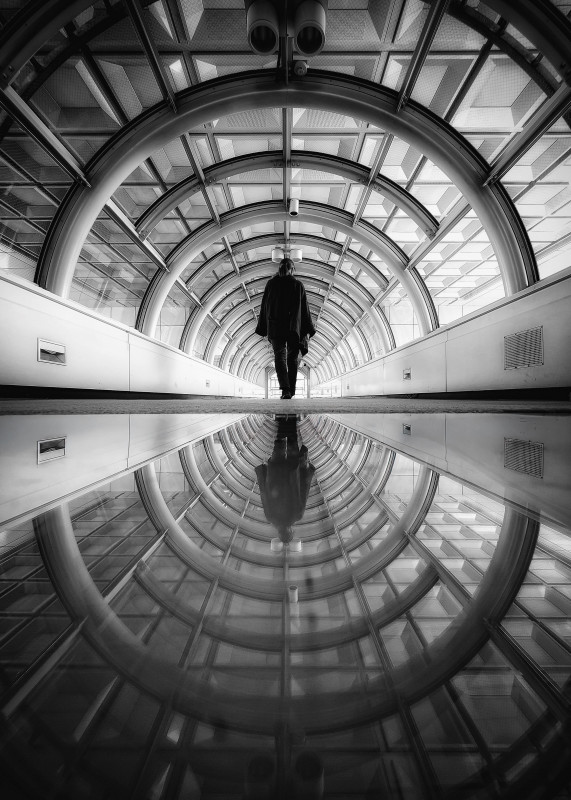 by Monkichi
by Monkichi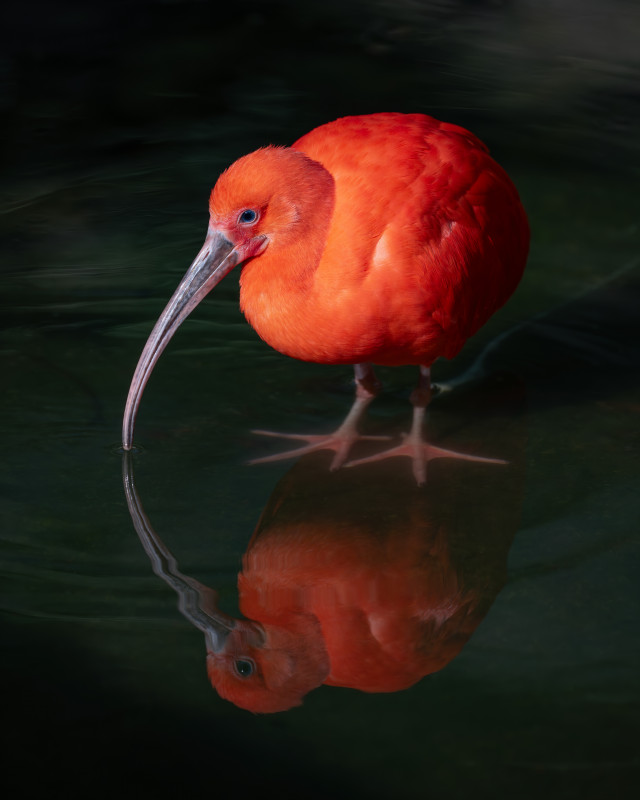
|
沈雷
|
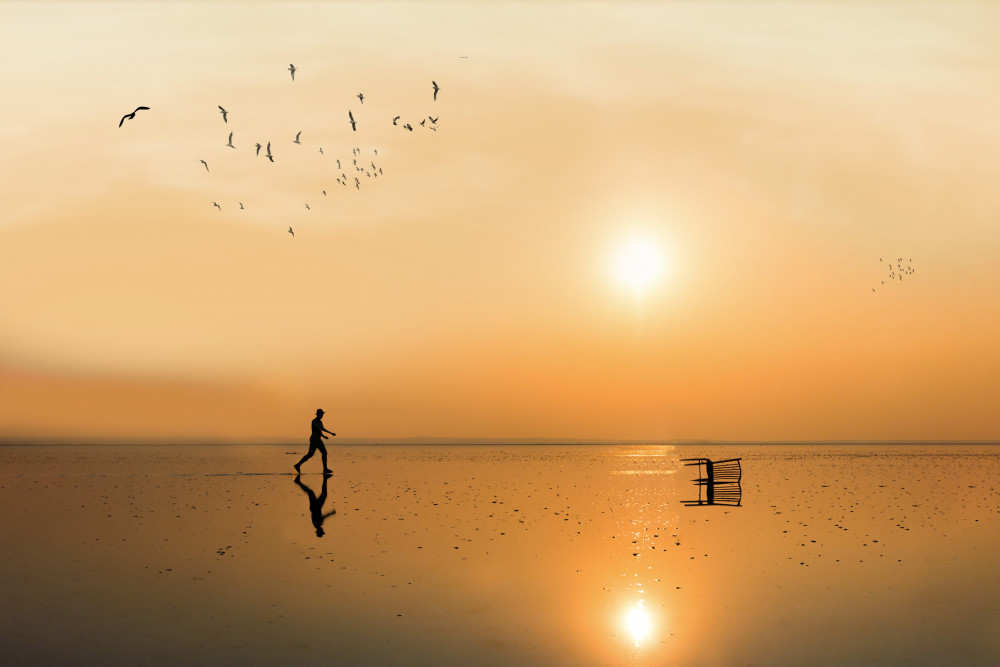 by Derya Doni
by Derya Doni |
 | Yaping Zhang PRO 恭喜所有获奖者,精美绝伦的杰出作品!太牛了。欣赏学习了 |
 | Magnificent photos, every one of them! |
 | Molly Fu APA PRO Wonderful images, congrats to all the winners! |
 | Miro Susta CREW Wonderful photos, congratulations to all winners, excellent photo work |
 | Bole Kuljic PRO Great selection of magnificent works. Bravo. |
 | Stunning images, congratulations to the awarded photographers!! 👏👏 |
 | Dazhi Cen PRO Creative!! |
 | Michael Echteld PRO Fabulous series of images! |
 | Gabriela Pantu PRO Congratulations to winners and to all the artists, splendid frames! |
 | Angelika Vogel PRO Congratulations to all artists with their excellent works! |
 | I would like to thank all my friends who brought my photo to first place. I also congratulate my other friends. |